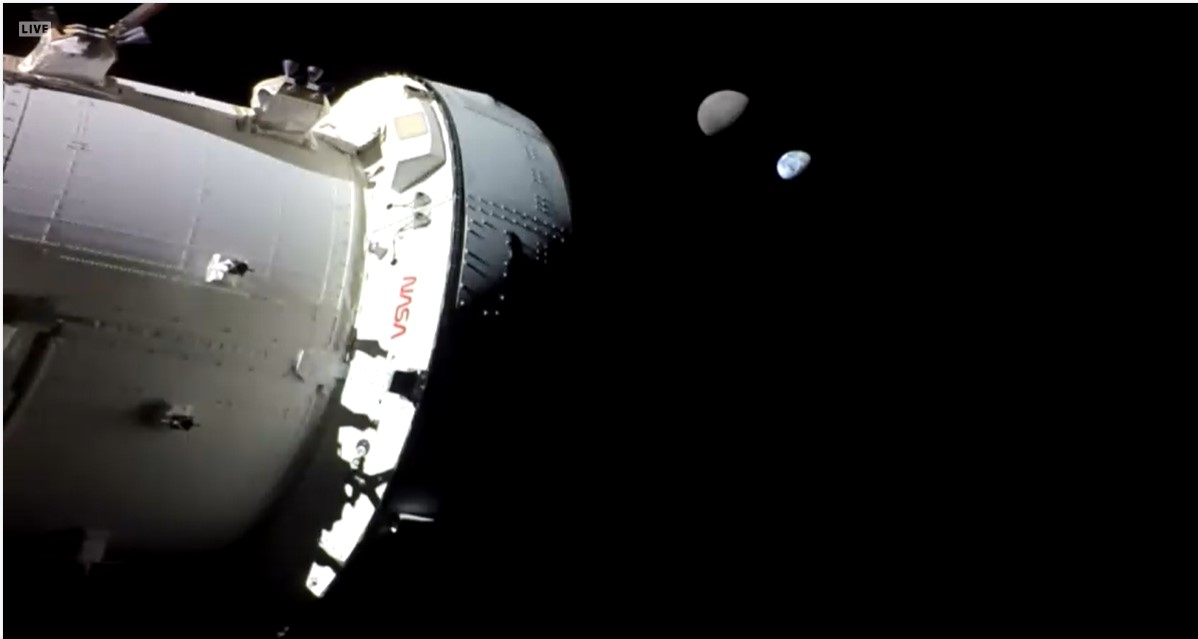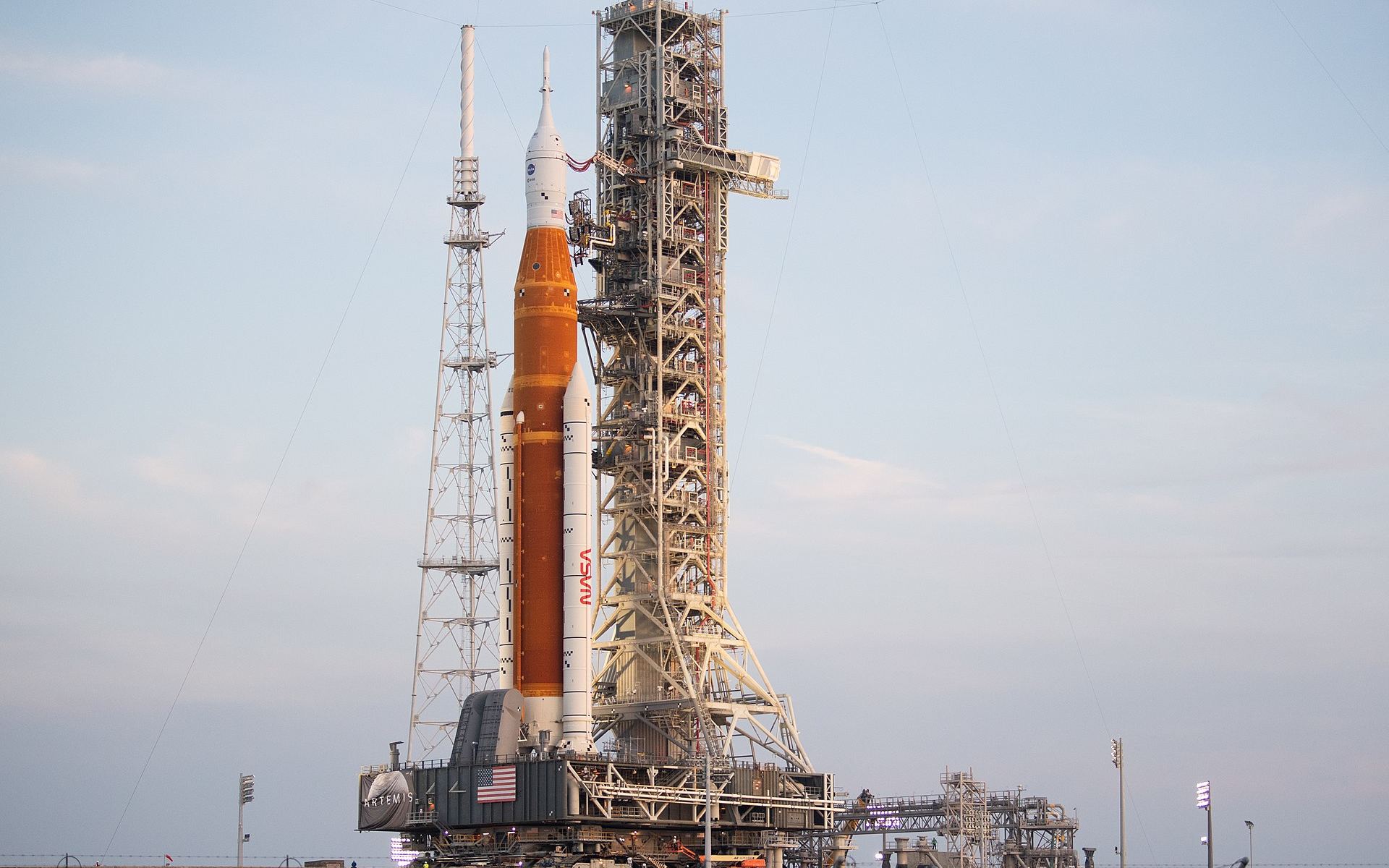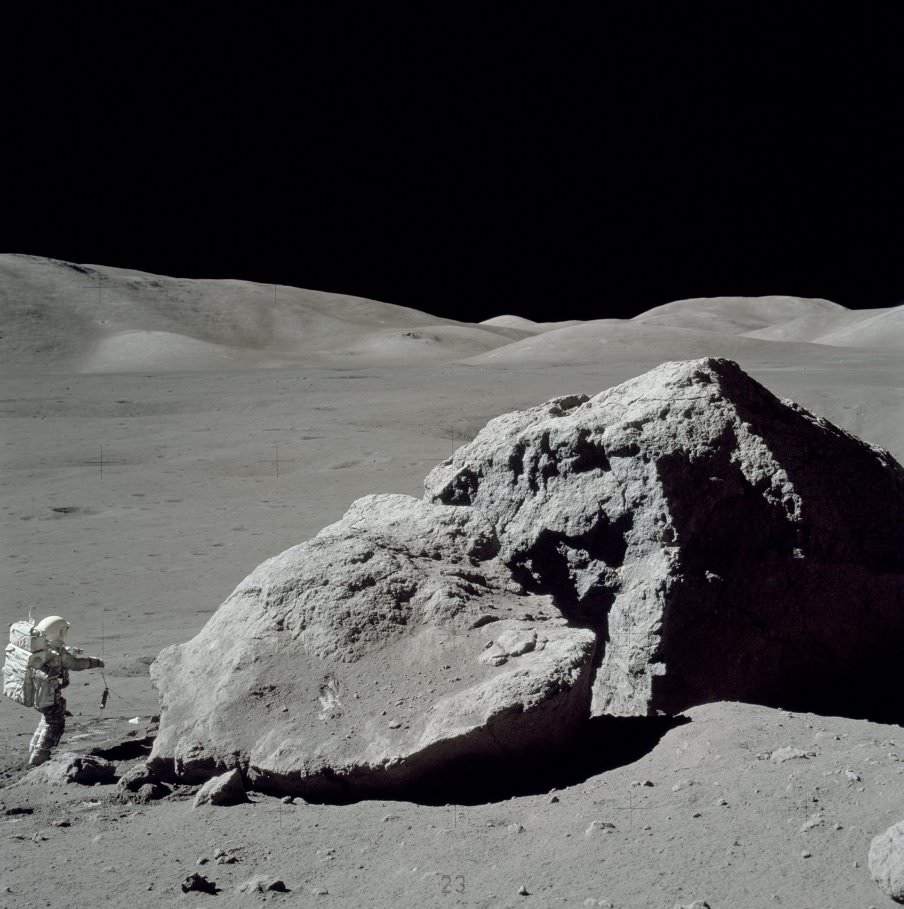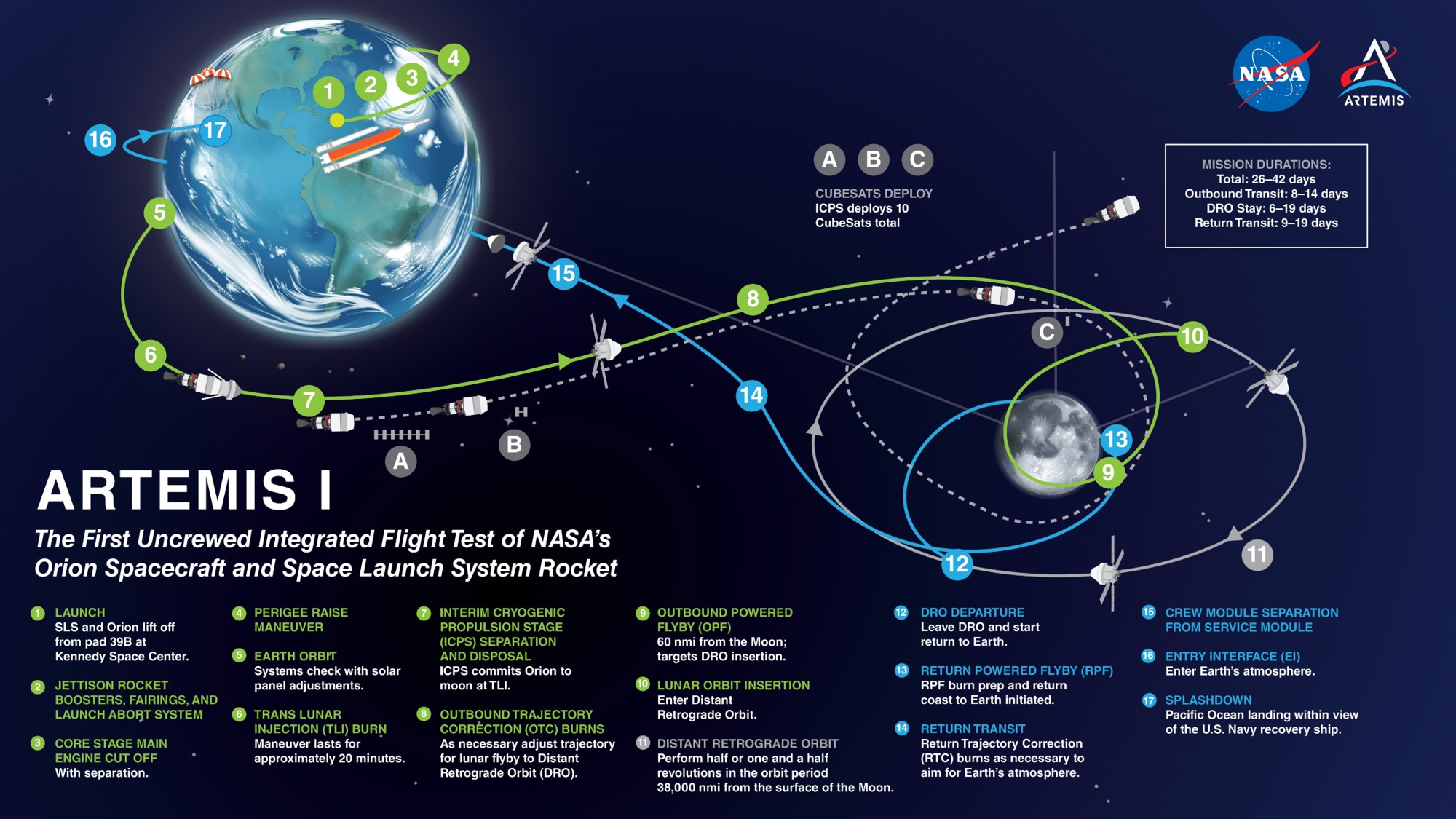It’s been a long time coming, but NASA’s next moon rocket is just months from liftoff on its first uncrewed test flight. The Space Launch System (SLS) is a super heavy-lift vehicle capable of delivering 95 tons to Low Earth Orbit, but its primary purpose will be to deliver humans to lunar orbit and, eventually, to the lunar surface. SLS has been in development since 2011, and it’s faced a series of delays, but launch day is finally within sight. Earlier this month, the rocket was fully stacked for the first time in the Vehicle Assembly Building at the Kennedy Space Center, and the Orion capsule (the spacecraft’s crew cabin) was attached to the top. The full stack stands an impressive 322 feet tall, just shy of the Saturn V’s 363 feet.
Continue reading “Artemis 1 is Launching in February”









